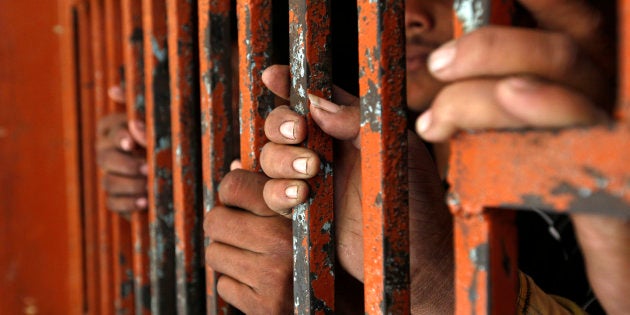
One of the data sources that people have been trying to use in the last few weeks to settle the debate over whether communal violence has been on the rise has been the National Crime Records Bureau's (NCRB) crime data, India's key official source of crime statistics. Unfortunately, few using the data are aware of an enormous loophole in the NCRB's data collection--the "principal offence" problem. The reason this becomes key is that any communal riot involving deaths would not even show up as a communal riot in India's official statistics. A rape that ends in death will be recorded as murder, and not rape. This skews the real picture on major social issues such as violence against women and communal violence.
The NCRB collects data on a set of 35 Indian Penal Code (IPC) crimes and 57 Special Local Laws (SLLs) from the State Crime Records Bureau of every state and Union Territory, which in turn collect them from every First Information Report (FIR) filed in every police station in the state. The NCRB does this by sending out a standard pro forma which states are required to fill and send back [here is the Hindi version]. What the NCRB has not been able to figure out in the 61 years it has been collecting crime data is what to do when one FIR has multiple IPC or SLL sections.
The NCRB is concerned, an official explained on condition of anonymity, that recording all the sections of the FIR would lead to double-counting of crime; so if there are ten cases of car theft (theft: IPC 378) and five of them also involve an assault (IPC 351), the NCRB would not like this to be registered as ten cases of car theft and five cases of assault, since it gives the impression that 15 and not ten offences took place. Since 2014, the bureau has begun to state this limitation in its disclaimer. To be sure, this isn't a problem unique to India; the US and the UK also follow the principal offence rule for their official crime statistics.
The NCRB believes that once India's crime statistics move to the long-delayed Crime and Criminal Tracking Network & Systems (CCTNS), this problem will be solved. Launched in 2009 by the UPA after the 26/11 terrorist attacks revealed among other things poor coordination between police departments of different states, the CCTNS involves bringing every police station in the country online and having them upload their crime statistics in real-time. By the end of May 2017, 86% of police stations in the country were online and 92% had installed the CCTNS software, but just 59% of the total CCTNS migration work all-India was completed, the NCRB says.
NCRB officials could also not confirm that post-CCTNS, real-time crime statistics would be available to the public; "what parts of CCTNS are to be made public-facing is yet to be determined," a senior official said.
In the meanwhile, it's best to use NCRB data with caution. With respect to sexual assault, for instance, the Nirbhaya case would have been registered as a murder and not a rape in the NCRB's statistics since the victim died. In the case of recent anti-Muslim mob violence and lynchings, the murder of Mohd. Akhlaq in Dadri on the suspicion that he possessed beef, would be a murder in the NCRB's statistics, and not a communal riot, as the data journalism website Factly points out. The murder of Junaid Khan aboard a Delhi-Mathura train would make it to the NCRB as murder, but the sections on causing religious disharmony would not.
There are even more problems with official data on religious violence, but the NCRB's principal offence problem shows that the issues start right from their very existence--use with caution.